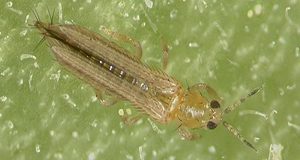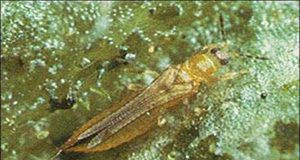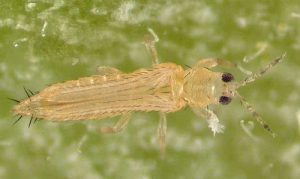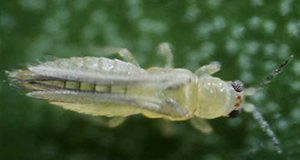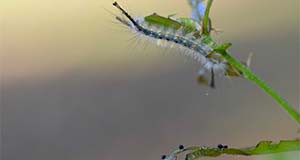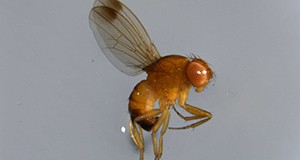Nosema are single-celled fungal parasites that infect various animal hosts. One species, Nosema ceranae, has become the dominant microsporidian infection in western honey bee colonies. When honey bees ingest Nosema spores, many eventually starve to death because the spores replicate in the stomach and hijack the bee’s nutrition. The risk of Nosema infection can be particularly unsettling to beekeepers because colonies often do not show signs of infection until the colony is severely diminished.
This 5-page fact sheet written by Ashley N. Mortensen, Cameron J. Jack, Meghan McConnell, Liana Teigen, and Jamie Ellis and published by the Department of Entomology and Nematology explains how to diagnose and quantify Nosema infection in a honey bee colony.
http://edis.ifas.ufl.edu/in1123

